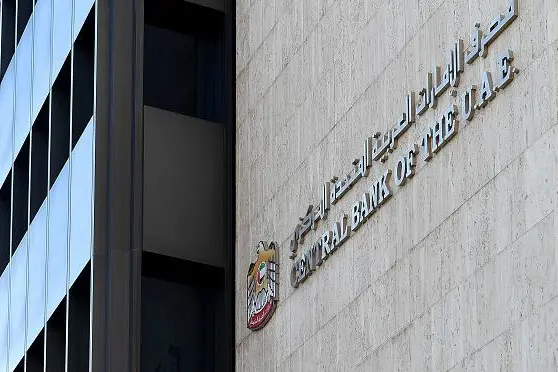PHOTO
S&P Global Ratings has classified the UAE’s banking sector in group '5' under its Banking Industry Country Risk Assessment (BICRA).
After the pandemic started, the UAE Central Bank (CBUAE) implemented a Targeted Economic Support Scheme (TESS), which helped ease the pressure on corporate issuers and small and midsize enterprises. However, the scheme did not reduce credit risk on the banking system's balance sheet, according to S&P’s report issued on Sunday.
“The scheme included a provision that allows banks not to classify deferred exposures as Stage 2 and Stage 3. Rather, banks have classified deferrals into two groups: Group 1 (exposures to clients that are temporarily and mildly impacted); and Group 2 (exposures to clients that are significantly impacted and could see potential stage migrations) and disclosed the information, which we view as positive. At year-end 2020, 12 percent of the top 10 banks' exposures were classified as Group 1 and 2 percent as Group 2,” credit analyst Puneet Tuli said in the report.
The ratings agency has assessed the trend in economic risks in the country as stable.
“We expect the residential real estate sector will remain under pressure for at least another year because of continuous oversupply, while demand-driven weaknesses will hamper the tourism, hospitality, and aviation sectors, as well as some trading sectors,” the report said.
On the industry front too S&P views the trend in risk as stable. “The CBUAE's support package is timely and provides some relief to borrowers. UAE banking authorities' reporting requirements have reinforced oversight and transparency, and we expect banks to continue displaying transparency in the recognition and disclosure of problematic assets. We do not expect any major changes in system-wide dynamics or the competitive landscape in 2021.”
According to S&P, the banking in the UAE displays the following strengths:
- High-income levels and strong fiscal and external position.
- Relatively more diversified economy than that of Gulf Cooperation Council (GCC) peers.
- Funding profile dominated by stable core deposits.
While the weaknesses in the system are:
- Weakening of asset quality and significant exposure to risky sectors.
- Still fragmented banking sector with high price competition.
- High sector and single-name concentrations.
(Writing by Brinda Darasha; editing by Seban Scaria)
Disclaimer: This article is provided for informational purposes only. The content does not provide tax, legal or investment advice or opinion regarding the suitability, value or profitability of any particular security, portfolio or investment strategy. Read our full disclaimer policy here.
© ZAWYA 2021












